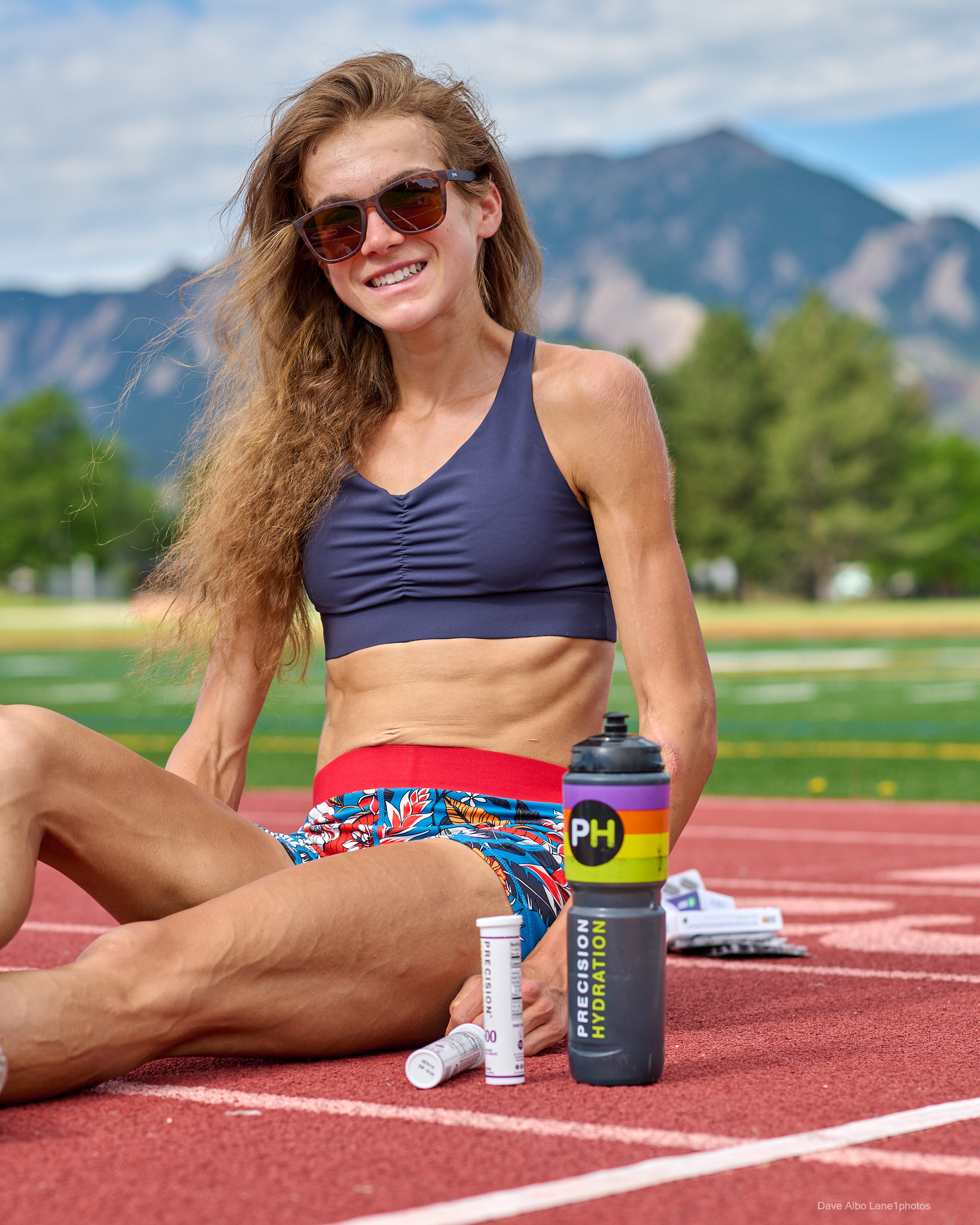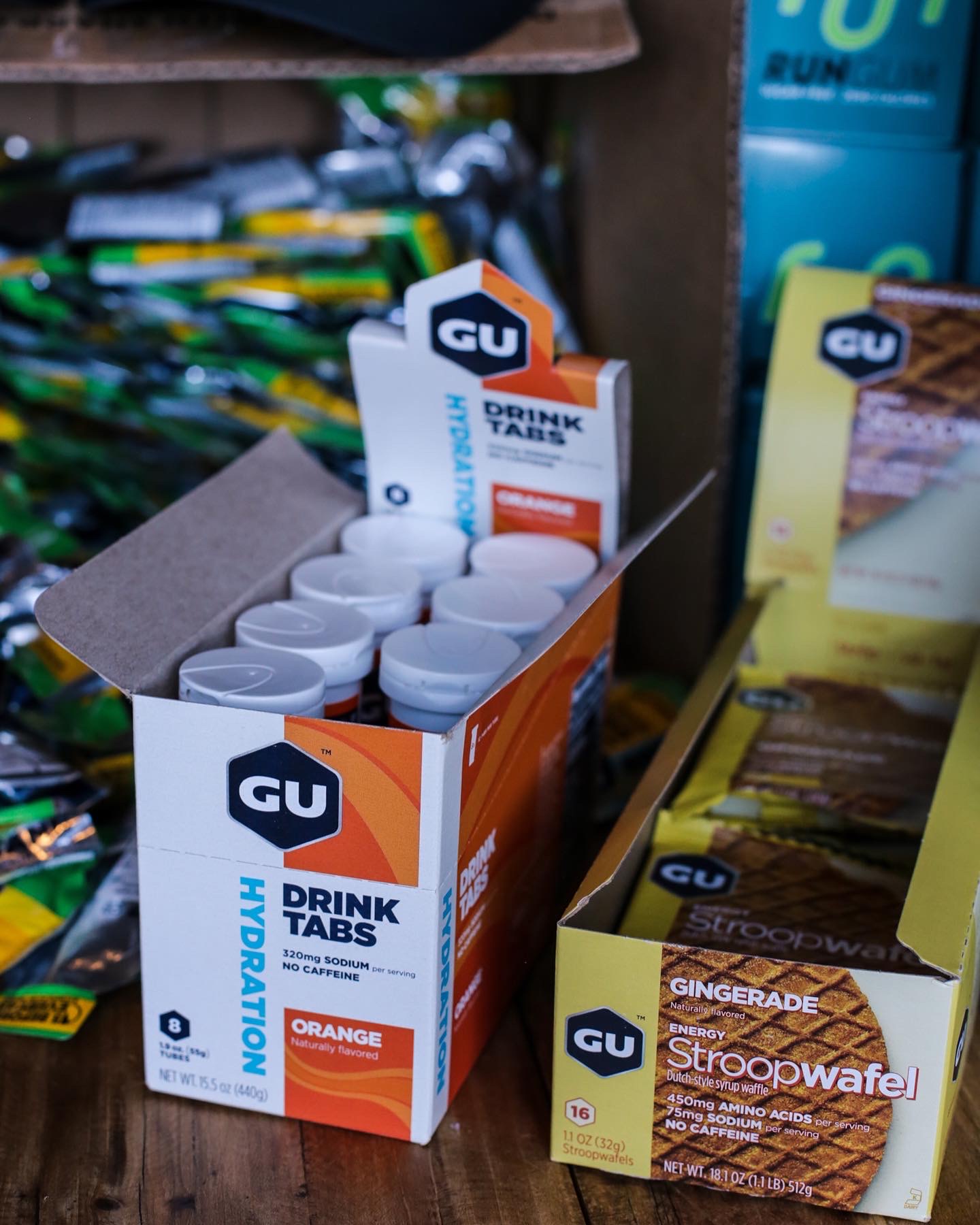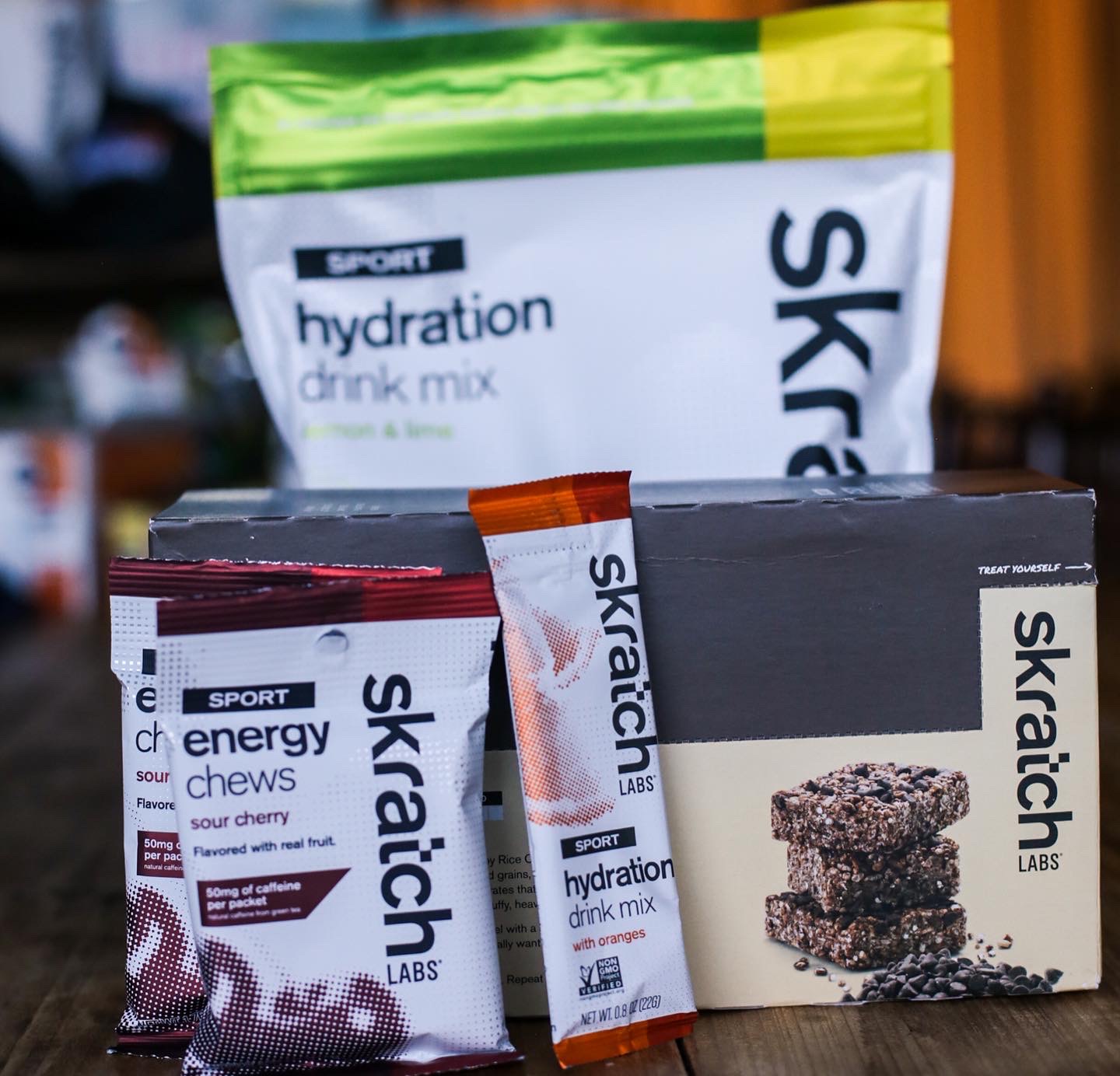Warmer weather is creeping into the training season–at least, it is for those of us in the northern hemisphere–alongside the talk of hydration and electrolytes for runners. Similarly to carbohydrate consumption, hydration is currently another trendy topic and “electrolyte” has become a buzz word. It seems there are an endless number of new hydration mixes and electrolyte options popping up. Should runners be paying attention? Do these salt mixtures really work?

An Introduction to Electrolytes for Runners
It’s not all marketing hype. Electrolyte balance is important when training. As temperature and humidity rises, the body’s electrolyte equilibrium can get out of whack during our long runs. The major electrolyte lost is sodium, followed by potassium, calcium, and magnesium. Replacing these electrolytes will keep your runs feeling good and your body functioning as it should.
Why do we Need Electrolytes?
Electrolytes are needed by the body to maintain fluid balance and, especially relevant to us runners, for optimal muscle contraction. On top of that, electrolytes are essential for cognitive function, absorption of nutrients from the gut, and the nervous system.
When the Electrolyte Balance is Upset
Consuming electrolytes during runs longer than 60 minutes helps to maintain blood volume and pressure. This maintenance is vital for adequate blood flow to our working muscles, not to mention the rest of our body for basic functioning. When blood flow diminishes, we start to experience negative effects in our workouts or race.
Symptoms of this imbalance range from fatigue, muscle weakness and cramping, to medical emergencies and even death. For the heavy sweaters out there, even with the slightest increase in temperature, consuming electrolytes during runs can be beneficial.
Understanding Sweat Rate and Electrolyte Loss
While figuring out your exact rates of sweat and electrolyte loss during sport can be complicated, there are ways to approximate them.
For a simple calculation of sweat loss, simply weigh yourself before your run and then immediately after. For optimal accuracy, weighing yourself without any clothes on is recommended, and avoid using the bathroom between the two weigh-ins if possible. Clothing will absorb sweat during your workout and may result in your post-run weight being higher than it should. Whereas using the bathroom will lead you to believe your sweat loss is greater than reality. Weigh any fluid or nutrition consumed during your run and subtract that from your post-run weight. The difference between your pre- and post-run weights reflects your sweat loss.
For reference: 16 fluid ounces of water = 1 lbs; 1 liter (1000 ml) of sweat weighs 1 kg
Once you have calculated your sweat loss, you can estimate electrolyte losses too.
According to Trailrunner Magazine, 315 ml (~10.5 oz) of sweat contains, on average, 220 mg of sodium, 63 mg of potassium, 18 mg calcium, and 8 mg magnesium
315 ml (~10.5 oz) of sweat = ~220 mg of sodium, ~63 mg of potassium, ~18 mg calcium, ~8 mg magnesium
Unfortunately, the electrolyte breakdown of sweat varies wildly between runners, likely due to genetic factors. However, these provide a useful starting point for understanding your losses, especially in relation to the electrolyte composition of different sports nutrition products. From here, use some trial and error to dial in your hydration strategy.

More precise sweat and electrolyte data can be gathered through scientific testing at many sports facilities and labs. This offers runners more detailed insights into their unique hydration and electrolyte losses, allowing for specific fluid and electrolyte consumption plans to be made.
Another helpful resource is this free fuel and hydration planner from Precision Fuel & Hydration’s website.
Consuming Fluid and Electrolytes During Training
As with nutrition, you should develop a personalized hydration plan for consuming fluid and electrolytes when running, then refine it during training. Remember, your needs will vary depending on the heat and humidity, so be flexible with your plan.
It’s not uncommon to find drinking while running a challenge. Popular reasons runners give for not drinking include breathing difficulties, coughing or spluttering as they try to sip and swallow, not wanting to feel fluid sloshing around in their stomach, or perhaps simply the awkwardness of carrying a drink. The solution to all of these? Practice. Start small, then gradually increase your consumption as you become accustomed to it. Trust me, the benefits of fluid and electrolytes for runners outweigh the negative effects that you may experience at first.
How to Replace Electrolytes While Running
Thankfully, today the electrolyte industry is booming! There are a wide array of options that are more appealing to athletes’ palates and easier to consume than ever before.
On the run, electrolytes can be taken in many forms: drink mixes and powders, dissolvable tablets, salt pills, ready-made liquids and sports drinks.
Common choices and their breakdown of key electrolytes for runners:
(Note: nutritional information is for when prepared/ consumed as directed)

LMNT: 1000 mg sodium, 200 mg potassium, 60 mg magnesium
Nuun Sport: 300 mg sodium, 150 mg potassium, 25 mg magnesium, 13 mg calcium
Mortal Hydration (regular strength): 455 mg sodium, 150 mg potassium, 20 mg magnesium, 20 mg calcium
Precision Fuel & Hydration PH 1500: 1500 mg sodium, 250 mg potassium, 24 mg magnesium, 48 mg calcium
Skratch Labs Hydration Sport Drink Mix: 400 mg sodium, 50 mg potassium, 50 mg magnesium, 50 mg calcium
Tailwind Rapid Hydration: 320 mg sodium, 90 mg potassium, 10 mg magnesium, 30 mg calcium
Find one that you like the taste of and, importantly, sits well with your stomach while running. Practice in training so when race day arrives, you are ready to go the whole distance!
Additional Resources on Electrolytes for Runners
Have further hydration and electrolyte questions? Check out Precision Fuel & Hydration’s Knowledge Hub for just about everything you might want to know!
The Runner’s Complete Guide To Electrolytes – Trail Runner Magazine

Rebecca Holso is a coach with Team RunRun based in Rapid City, SD. She specializes in road races, helping athletes balance a busy life while working toward their personal goals.





